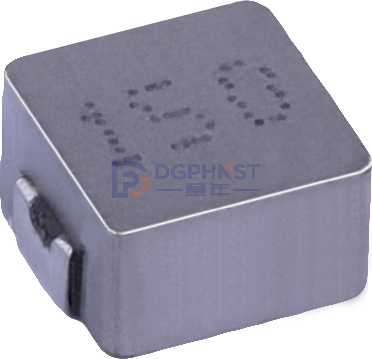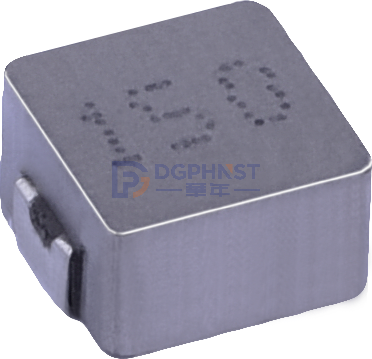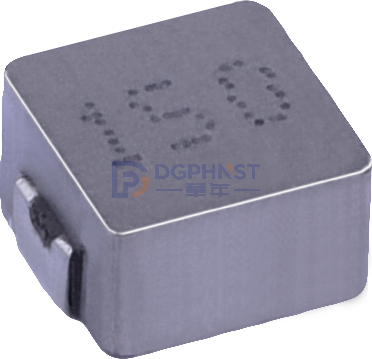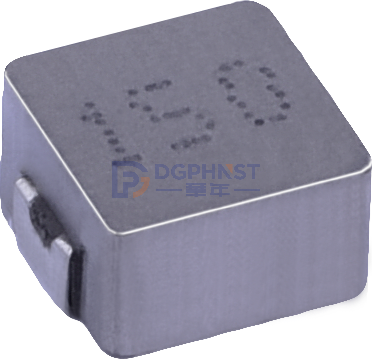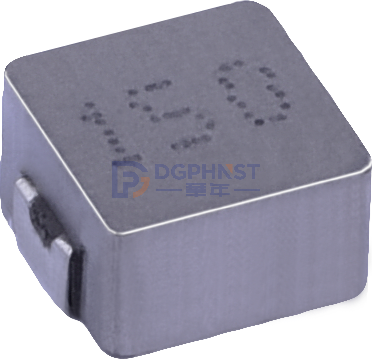In the field of electronics, resistance is a fundamental electronic component, and precision resistors play a key role in circuits that require high precision in resistance values. Among them, high-precision precision resistors represent the high-end level of resistance technology.Recommended high-precision surface mount resistors: Ellon ETR series.
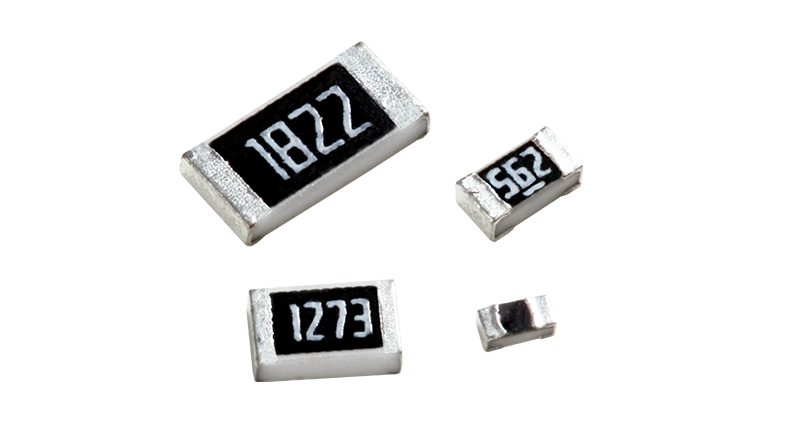
Firstly, let's clarify what high-precision precision resistors are. High precision resistors refer to resistor devices with extremely high resistance accuracy and stability. Usually, its resistance accuracy can reach 0.01% or even higher, with an extremely low temperature coefficient, and can maintain stable resistance under various environmental conditions.
Precision resistors are resistors that have higher precision and stability compared to ordinary resistors. Generally speaking, the resistance accuracy of precision resistors is between 0.1% and 1%, and the temperature coefficient is relatively small.
So, what are the differences between high-precision resistors and precision resistors?
Accuracy is one of the most significant differences between the two. High precision resistors can provide extremely accurate resistance values, which is crucial for applications that require high demands for measurement, control, and calibration. For example, in high-precision measuring instruments and control systems for aerospace equipment, even small errors in resistance values can lead to serious consequences. Although ordinary precision resistors have high accuracy, they may not be able to meet the requirements when faced with situations that require ultra-high precision.
The difference in temperature coefficient cannot be ignored. High precision resistors typically have an extremely low temperature coefficient, which means that their resistance changes very little with temperature. In contrast, although the temperature coefficient of ordinary precision resistors is smaller than that of general resistors, it is still not as stable as high-precision precision resistors. In environments with significant temperature changes, such as outdoor electronic devices or some temperature sensitive industrial applications, high-precision precision resistors can better maintain the stability of circuit performance.
Long term stability is also an important difference. High precision resistors undergo strict manufacturing processes and quality control to maintain stable resistance values over a long period of time, reducing circuit performance degradation caused by resistance drift. However, ordinary precision resistors may experience some degree of resistance changes during long-term use, which can affect the accuracy and reliability of the circuit.
In addition, cost is also a significant difference between the two. Due to the higher requirements for material selection, manufacturing process, and quality inspection of high-precision resistors, their cost is usually much higher than that of ordinary precision resistors. This also determines their choices in different application scenarios.
In practical applications, the choice between high-precision precision resistors or ordinary precision resistors depends on specific requirements and cost considerations. If it is for general industrial control, instrumentation and other applications, ordinary precision resistors may already meet the requirements, providing a more economical solution while ensuring a certain level of accuracy. However, for fields that require extremely high precision, stability, and temperature characteristics, such as scientific research experiments, high-end medical equipment, national defense and military industry, high-precision precision resistors are indispensable key components.
In summary, although high-precision precision resistors and precision resistors both belong to the category of precision resistors, there are significant differences in accuracy, temperature coefficient, long-term stability, and cost. Understanding these differences helps us make more appropriate choices in electronic circuit design and applications to meet different performance and cost requirements.


